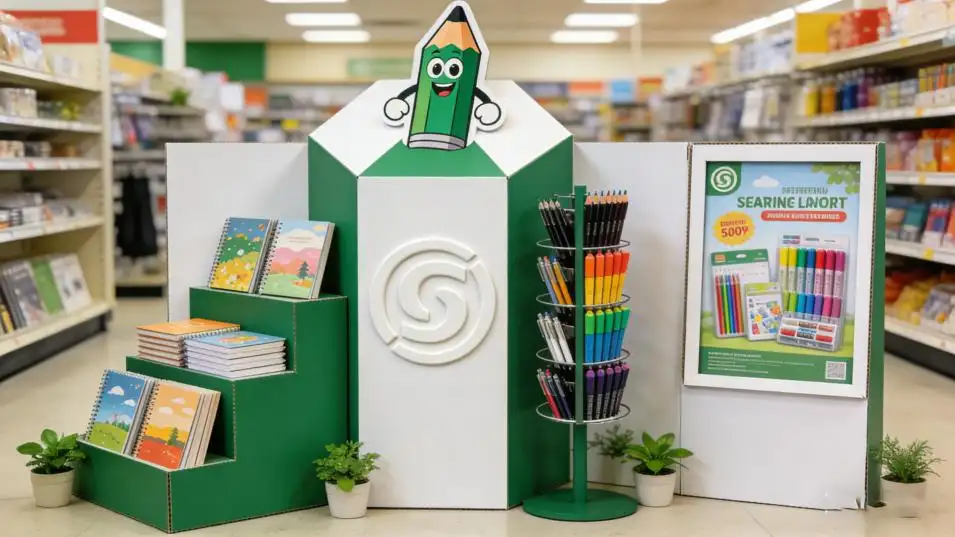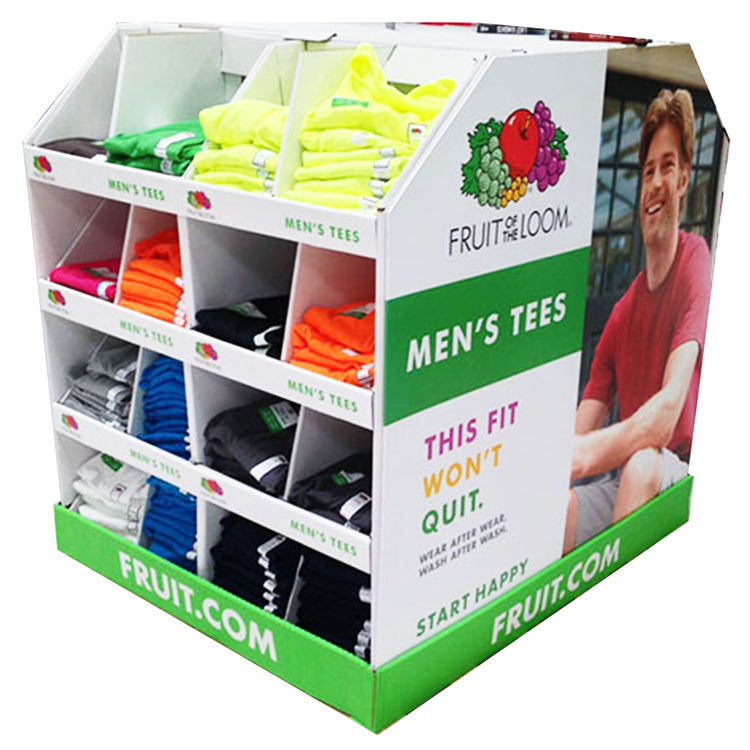Getting a custom display seems confusing and overwhelming. You worry about the process, the cost, and if it will even work. But it's actually a straightforward path.
The custom retail display process involves five key stages: initial consultation to define your needs, concept design and 3D rendering, physical prototyping for testing, full-scale mass production, and finally, logistics and delivery to your desired locations. It's a collaborative journey to create the perfect display.

This process might seem complex from the outside, but I've guided clients through it for 16 years. It's all about breaking it down into simple, manageable stages. When you understand each step, you feel in control and confident that you'll get a display that truly sells your product. Let's look at the questions I hear most often from clients and break down the answers.
What are the 5 steps to creating a display?
You have a great product but no clear path to get it on a custom display. This uncertainty can lead to delays and budget issues, risking your launch.
The five essential steps are: briefing and consultation, concept design1, prototyping and testing, mass production2, and logistics. Following this structured path ensures your project runs smoothly from a simple idea to a finished display in stores, on time and on budget.
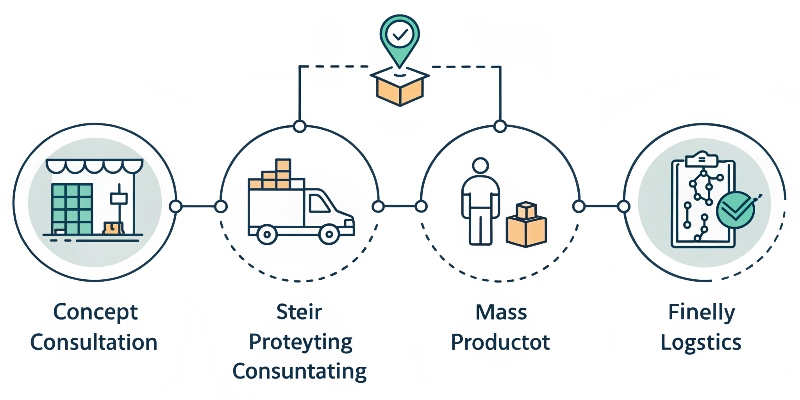
I've learned that a solid process is everything. In my 16 years in this industry, I've seen how a clear roadmap turns a client's vision into a powerful sales tool. It all starts with a conversation. We break down the journey into five manageable steps to ensure nothing is missed. This method takes the guesswork out of creating a display that not only looks great but is also practical and effective.
Here’s a closer look at each step:
| Step | What Happens in This Stage? | Why It's Important |
|---|---|---|
| 1. Briefing & Consultation | We talk about your product, target audience, budget, and where the display will be used. | This foundation ensures the final design meets all your commercial and marketing goals. |
| 2. Concept Design | Our design team, like our senior designer Peter, creates 2D and 3D visuals of the display. | You get to see exactly what your display will look like before any physical materials are used. |
| 3. Prototyping | We build a full-size, physical sample of your display. | This lets you test the structure, see how your products fit, and approve the final design. |
| 4. Mass Production | Once you approve the prototype, we manufacture your full order of displays. | Our quality control team checks every unit to ensure it matches the approved sample perfectly. |
| 5. Logistics & Delivery | We pack and ship your displays, either flat-packed or pre-assembled, to your warehouses or stores. | This final step ensures your displays arrive safely and are ready for a successful product launch. |
How do retail stores display their merchandise?
Your product is sitting on a crowded shelf, easily overlooked by shoppers. If your display doesn't grab attention instantly, you lose the sale before it even begins.
Retail stores use a variety of strategic displays like floor displays3 (FSDUs), counter displays4 (CDUs), and endcaps. The type chosen depends on the product, the campaign, and the specific location in the store. Each is designed to maximize visibility and drive sales.
[^5]](https://leader-display.com/wp-content/uploads/2025/01/custom-logo.webp)
When I walk through a store, I see more than just products; I see sales strategies. Every display has a job. Some are there to scream "New Product!" while others are for quiet, impulse buys at the checkout. Helping a client choose the right type of display is one of the most critical parts of my job. The right choice can be the difference between a bestseller and a product that collects dust. It's about matching the display to the product's story and the shopper's journey.
Here are the most common types of displays and how they're used:
| Display Type | Best For | Location in Store | My Experience |
|---|---|---|---|
| Floor Display (FSDU) | Promoting new products, seasonal items, or special offers. | Main aisles, high-traffic areas, near related product categories. | A client once used an FSDU for a new snack. By placing it in the main aisle, they tripled their projected sales in the first month. |
| Counter Display (CDU) | Small, high-margin, or impulse-buy items like candy, lip balm, or gift cards. | Checkout counters, service desks, or any point-of-sale area. | These small displays are powerful. We designed a simple CDU for a sauce company, and it boosted their single-unit sales by 40% at checkout. |
| Pallet Display | Bulk items, large products, or major promotional campaigns. | Wide aisles, store entrances, or large open spaces. | Big box stores love these. They are efficient—the store can drop a fully-stocked display right onto the sales floor, saving labor. |
| Endcap Display | Best-sellers, high-profile promotions, or items with high brand recognition. | At the end of an aisle, facing the main walkway. | This is prime real estate. A well-designed endcap acts like a billboard and can significantly lift sales for the entire product line. |
How to create a retail display?
You have an idea for a display but don't know where to begin the design process. A poorly planned display is a waste of money and a missed opportunity to connect with customers.
To create a retail display, start with a clear goal. Then, focus on a simple design that highlights the product, use strong branding, and ensure the structure is both durable and easy to set up. Simplicity and function are key to success.
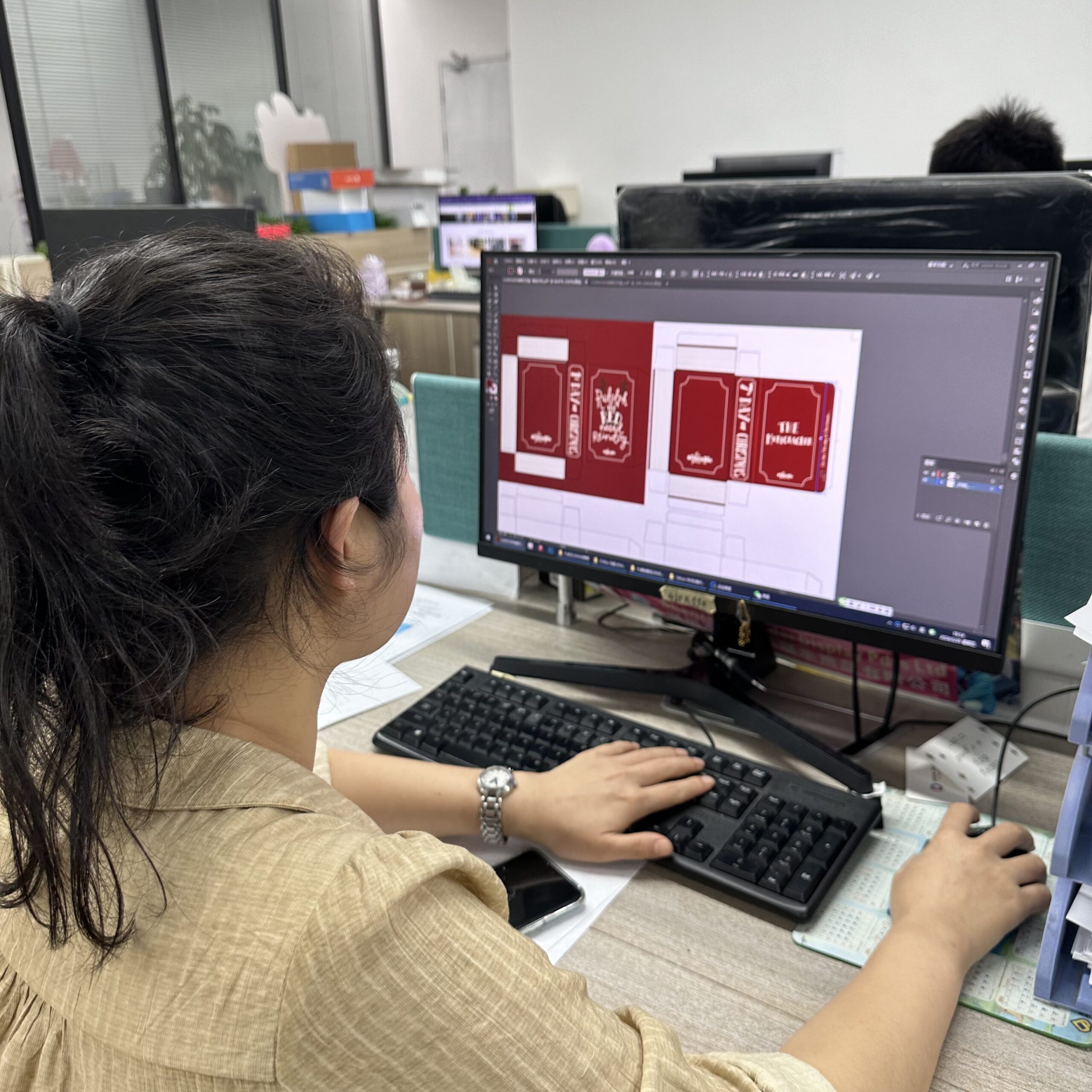
Our designer, Peter, always says that a good display starts with a good question: "What do we want the shopper to do?" The answer to that question guides every decision we make, from the shape of the display to the words we print on it. You don't need a complicated design. In fact, simple is usually better. A display's job is to make the product the hero. The creative process is about finding the most direct way to stop a shopper, show them your product, and make them want to pick it up.
Here’s how we approach the creation process:
1. Define Your Goal First
Before you think about colors or shapes, define what success looks like. Are you launching a new product? Are you trying to clear out old inventory? Or do you just want to build brand awareness? Your goal will determine the display's message, size, and style. For a new product, you might need space for educational text. For a clearance sale, a big "50% OFF" headline is your priority.
2. Know Your Environment
A display designed for a high-end boutique will look very different from one designed for a busy supermarket. Think about the store environment5. How much traffic will it get? How much wear and tear will it face? This affects material choices. For example, a temporary cardboard display is perfect for a short-term promotion, while you might choose a more durable material for a permanent fixture.
3. Keep It Simple and Strong
Shoppers are in a hurry. You have about three seconds to get their attention. The design must be clean and the message must be instant. I often advise clients to strip their design ideas down to the essentials. What is the one thing you want a customer to know? Make that the focal point. Strong structure is just as important. The display must hold the weight of your products and withstand being bumped by carts and shoppers.
How can a business build an effective retail display6 to sell a product?
Your product is fantastic, but it's just not moving off the shelves. An ineffective display can make even the best products invisible, wasting your investment and killing your launch.
An effective retail display6 must grab attention with a visual hook7, communicate value with a clear message8, and make the product easy to grab. It should interrupt the shopper's journey, answer their questions quickly, and guide them to make a purchase.
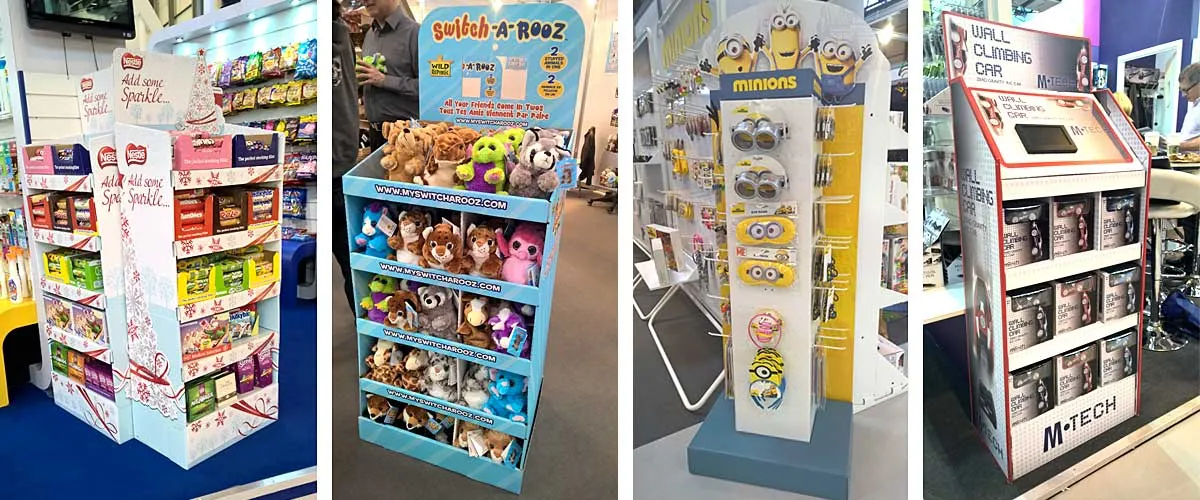
After 16 years, I can tell you that an effective display does more than just hold products—it actively sells them. It’s a silent salesperson working for you 24/7. The magic happens when three things work together: the visual appeal, the message, and the product presentation. I once worked with a coffee brand whose sales were flat. We redesigned their FSDU to look like a giant coffee cup. It was a simple change, but it was unique. Shoppers noticed it, smiled, and sales climbed by over 60%. That’s the power of an effective display.
Here’s how to build a display that sells:
| Element | What It Does | How to Do It Right |
|---|---|---|
| The Visual Hook | It stops shoppers in their tracks. | Use bold colors, a unique shape, or eye-catching graphics. Don't be afraid to be different. The goal is to break the visual pattern of the store aisle. |
| The Clear Message | It tells the shopper what you're selling and why they should care, all in a few seconds. | Use a large, easy-to-read headline. Focus on the main benefit, like "New Flavor," "Organic," or "2 for 1." Keep text minimal and direct. |
| The Product Hero | It makes the product the center of attention and easy for the customer to interact with. | Ensure products are neatly organized, fully stocked, and easy to pick up. The display should present the product, not overwhelm it with graphics or complex structures. |
| The Call to Action (CTA) | It tells the shopper exactly what to do next. | This can be as simple as a clearly displayed price or a direct command like "Try a Sample" or "Buy Now." It removes hesitation and encourages the sale. |
Conclusion
The process of designing and ordering a custom display is a clear, step-by-step journey. When designed effectively, your retail display becomes your best salesperson, boosting sales and building your brand.
-
Explore how concept design transforms ideas into visual representations for effective displays. ↩
-
Understand the steps and quality control measures in the mass production of retail displays. ↩
-
Discover the effectiveness of floor displays in promoting products in high-traffic areas. ↩
-
Learn how counter displays can boost impulse purchases at checkout areas. ↩
-
Explore how different store environments influence the design choices for displays. ↩
-
Understand the key elements that contribute to an effective retail display. ↩ ↩
-
Learn how a visual hook can attract shoppers and enhance product visibility. ↩
-
Find out how to craft a clear message that communicates value to shoppers quickly. ↩



